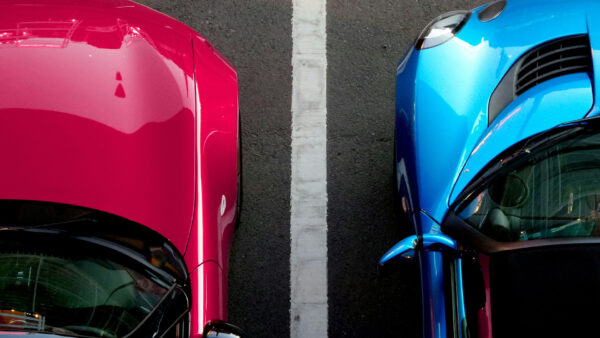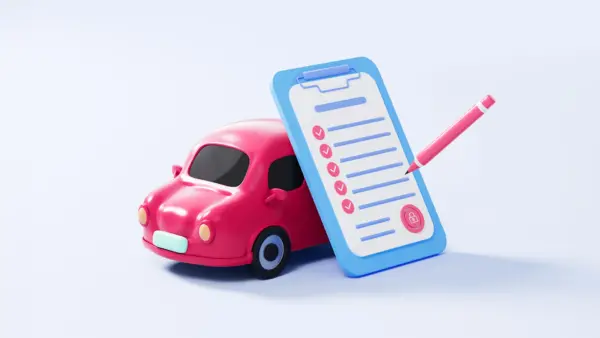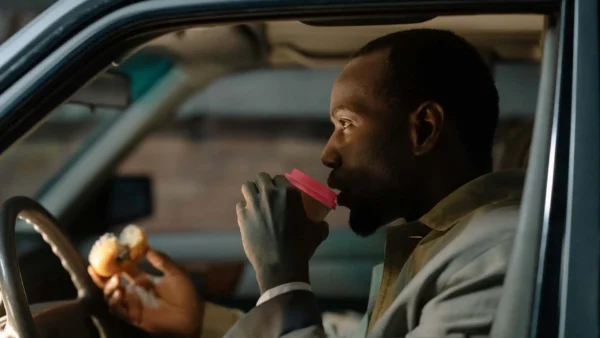Getting into an accident is no fun, but it can be especially confusing on how to proceed with a claim if the other driver has fled the scene or is unable to be identified.
For example, imagine you’re hit by a driver who merges into your lane without looking. When the police arrive, they prevent you from interacting with the other driver (which is common to prevent arguments from escalating) and you are left unsure on how to proceed with your insurance claim.
Here’s some clarification on making claims with unidentified parties, whether it’s a hit-and-run or otherwise.
Navigating the insurance process
Accidents where you’re unable to obtain information at the scene of a traffic collision (hit-and-runs are a good example), can be complicated when it comes to filing an insurance claim. You can end up in a situation where even though you don’t believe you’re at fault for an incident, you’re left waiting for the adjuster to verify insurance for the other party. Even if the other driver is present, police sometimes want to avoid drivers from interacting to reduce the risk of arguments or disagreements.
This gets especially tricky and confusing if the other driver fled the scene. You may not know what to do or who to talk to next. Filing a claim is doubly confusing. In instances like these, or even instances where you’re unable to speak to the other driver who is present, we recommend asking the police for a copy of the accident report. Having your insurance company do this for you can take weeks, which can delay your settlement, and can leave you uncertain as to whether you’re responsible for your deductible or how much coverage you have (if any at all).
Am I covered?
Here are the different coverages that may apply in the event of an accident, such as where you’re unable to identify the other driver or are involved in a hit-and-run:
Uninsured motorist coverage
Uninsured motorist coverage will cover you if the other driver ends up being later identified and they have insufficient or no insurance. This coverage:
- Either has no deductible or a lower deductible than collision/comprehensive
- Can help pay for medical bills and property damage
- Has variable coverage limits depending on what you choose
Unfortunately, uninsured motorist coverage won’t cover you for hit-and-runs where the other party ends up never being identified.
Direct compensation – property damage coverage (DC-PD)
DC-PD coverage is optional in Ontario, so you’ll only this coverage if you elected not to remove it from your policy. DC-PD coverage:
- Covers damages to your vehicle due to a not at-fault collision
- Triggers as long as all the vehicles in the collision are insured
- Is covered through your own insurance provider
Based on the parameters of DC-PD, you won’t be covered for hit-and-runs and may only be covered if the other driver is identified and insured. This is why we recommend getting a copy of the police report at the scene or at the nearest police station.
Collision coverage
In the unfortunate circumstances where you’re the victim of a hit-and-run and the other party is unable to be identified at all, you may have coverage under your collision insurance. As collision insurance is optional, electing not to purchase it will leave you having to pay for the accident out-of-pocket. Collision insurance can cover your car for physical damages even if the other driver is never identified. It will also insure you for physical damages to your vehicle if you caused an accident or if you hit a stationary object.
In the event of an incident where you’re unable to speak to the other party or they haven’t been identified, knowing whether you’re covered or not can be invaluable. We advise getting a copy of your police report as soon as possible and getting in touch with your insurer to start the claims process. During this time, your broker can answer any questions or concerns you might have.
Understanding legal obligations for hit-and-runs
In Ontario, you are required to report hit-and-run incidents to the police. It’s crucial both for your insurance claim and for the pursuit of justice. Based on the Provincial Offences Act, Ontario hit-and-run drivers can be charged for their participation in a collision up to six months after it has occurred. Even if the situation had no witnesses, something like dashcam footage could be vital evidence in investigations.
Documenting the scene
Having as much documentation of the incident as possible is crucial, especially if you end up being the victim of a hit-and-run. Take photos and videos of your vehicle and the damages. Ask witnesses for statements (if present) and make sure to get their contact information.
Even the most trivial of details – such as a scrap of yellow metal on the ground from the fleeing vehicle – could prove useful later in identifying the perpetrator. Imagine your car was hit by another vehicle in a public parking lot. Nearby surveillance cameras from a grocery store capture the event, which law enforcement can then use to trace the vehicle involved and identify the driver.
While filing a claim where you’re unable to interact with the other party can be confusing, following the appropriate steps and reporting the incident to the relevant authorities can help to navigate the claims process more effectively. Prompt action is always key. Contact Mitch if you have further questions.
Looking for car insurance?
Speak with a Mitch Insurance broker today to get a quote on Ontario auto insurance.
Call now
1-800-731-2228







